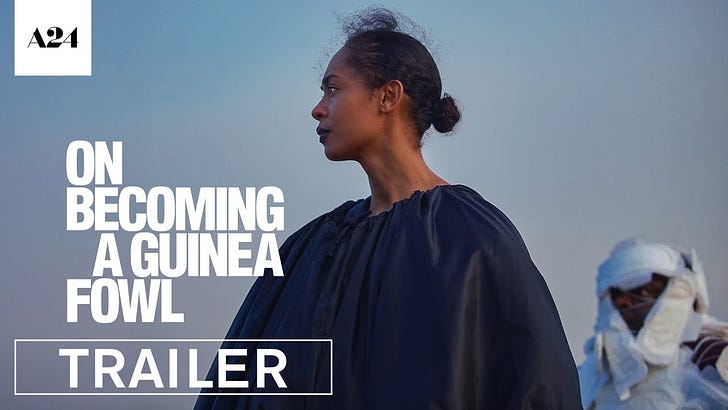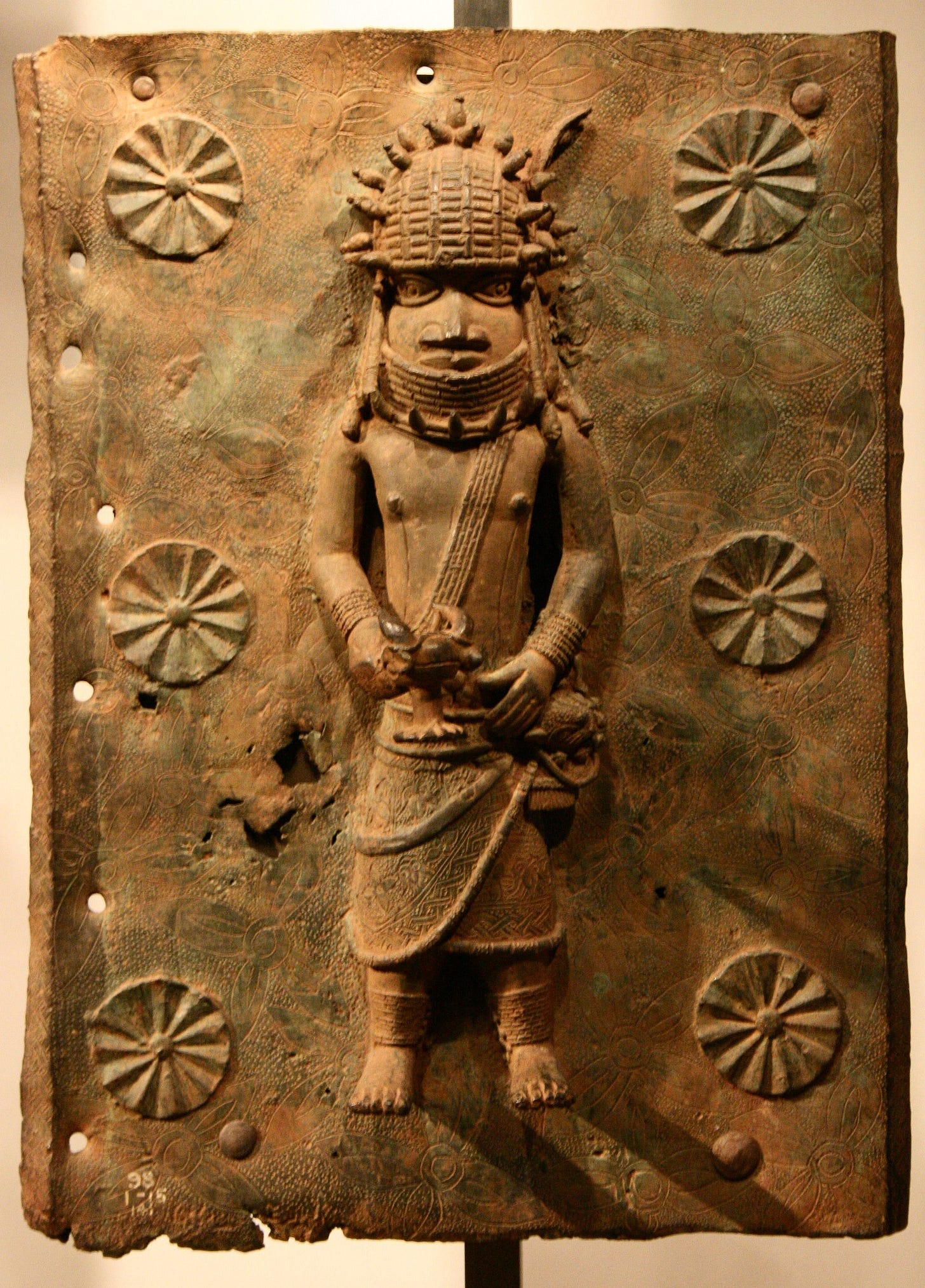🔅 Missy Elliott Costumes and Zambia's Cinema Sensation
Cambridge’s Newfound Artefacts: A Closet Full of History (and Controversy)

Good Morning from Niger!
Dead Uncles and Missy Elliott Costumes: Zambia's Newest Surreal Cinema Sensation
Ever been to a funeral where someone showed up in a Missy Elliott costume? No? Well, Zambian director Rungano Nyoni's latest film is about to take you on one wild ride.
"On Becoming a Guinea Fowl" opens with what might be the most casual discovery of a dead body in cinema history. Our protagonist Shula (Susan Chardy) finds her Uncle Fred lying in the road, and her reaction is about as emotional as finding a missing sock. Oh, and did we mention she's wearing an inflatable Michelin Man outfit inspired by Missy Elliott? Because that's important too.
When Shula's father insists that Fred is "just like that," we soon discover that what Fred was "just like" was actually something far more sinister. It's a dark revelation that transforms this seemingly quirky family drama into something far more complex and unsettling.
Nyoni, who previously gave us "I Am Not a Witch" (2017), creates a dreamscape that’s worth watching. It’s in cinemas now.
Kenya Footprints Suggest Coexistence of Two Human Ancestors

1.5 million years ago, two distant relatives of ours crossed paths on a muddy lakeside in Kenya, leaving behind footprints. Fast forward to today, and researchers have pieced together this prehistoric meet, giving us a rare glimpse of ancient coexistence.
On one side, we have Paranthropus boisei, affectionately nicknamed “Nutcracker Man” thanks to its large teeth. Not a direct ancestor but more like that cousin. Its footprints show a distinctly non-human foot anatomy with larger-than-ours toes.
On the other side, Homo erectus—an early human ancestor with footprints more similar to us. These guys were probably walking briskly.
Two Species, One Lakeside: For the first time, researchers have solid evidence that these species shared not just the same general time period but the exact same muddy patch.
Did They Know Each Other? Maybe! Dr. Kevin Hatala, who led the research, thinks they would’ve recognized each other as “different.” Maybe they exchanged awkward glances, maybe they avoided eye contact entirely—who knows? But since they had different diets (boisei loved plants; erectus had a more varied menu), they probably weren’t competing for resources.
Why Does This Matter? This discovery is a big deal because it places these species together in the same landscape, wading through the same wet surfaces. It’s a reminder of how our human story is more intertwined with others than we often think.
Cambridge’s Hidden Trove of African Artefacts: A Closet Full of History (and Controversy)
Imagine stumbling across a dusty attic crammed with 350,000 treasures you’d forgotten you owned—except your attic is a world-class university, and those treasures include Maasai armlets and looted Asante gold. That’s exactly what the University of Cambridge has uncovered in its sprawling collections of African artefacts, manuscripts, and natural specimens.
But before you shout "Hooray!" let’s unpack the context.
Dr. Eva Namusoke, the curator behind this discovery, spent 15 months sifting through archives, store rooms, and museum basements. What she found was as impressive as it was uncomfortable: items largely acquired during British colonization. The haul spans centuries, countries, and ethical quandaries—from a spring hare collected during the Boer War to objects looted during the infamous 1897 Benin Kingdom expedition.
Dr. Namusoke noted that this “is fairly common” for large museums but admitted the scale and diversity of Cambridge’s African collections were surprising. Among the most jaw-dropping items is a gold necklace believed to have been plundered from Ghana’s Asantehene Kofi Karikari’s palace during the Anglo-Asante War. Today, it lives behind glass in the Museum of Archaeology and Anthropology—a far cry from its royal origins.
The People Who Did the Heavy Lifting (Hint: Not the Europeans)
The report also spotlights a glaring omission in historical records: the immense contributions of African labor and expertise. Cameroonian hunters, for instance, spent hours on their stomachs collecting snails and spiders for European researchers. Yet, as Dr. Namusoke points out, the spotlight has always shone on the collectors, not the people whose skills made their work possible.
What’s in the Vault?
Photographs: Over 29,000 early images of African people, dating as far back as the 1860s.
Egyptian Treasures: Tens of thousands of archaeological artifacts and manuscripts, making Egypt the most represented African country in Cambridge’s archives.
Human Remains: The Duckworth Laboratory holds 4,800 remains from Egypt and Sudan but has scant documentation for hundreds more.
Botanical Oddities: Even the Herbarium has African specimens, though it’s the least studied collection.
The museum's zoology wing isn’t left out either, boasting over 100,000 specimens, including a dodo skeleton and a spring hare collected in a Boer War concentration camp.
Where Do We Go from Here?
The university is now grappling with its colonial legacy and exploring ways to collaborate with African scholars and communities. Dr. Namusoke hopes for increased visibility of these collections, encouraging further research and public engagement. But let’s not pretend it’s all sunshine and rainbows—questions about repatriation and ethical accountability loom large.
Cambridge’s African collections tell a fascinating story of human curiosity, intellectual ambition, and uncomfortable truths about colonial exploitation. As Dr. Namusoke puts it, the next big step is making these treasures accessible and engaging the world in conversations about their meaning and history.
Food for Thought
“Giving is not losing; it is keeping for tomorrow.”
— Zambia Proverb




